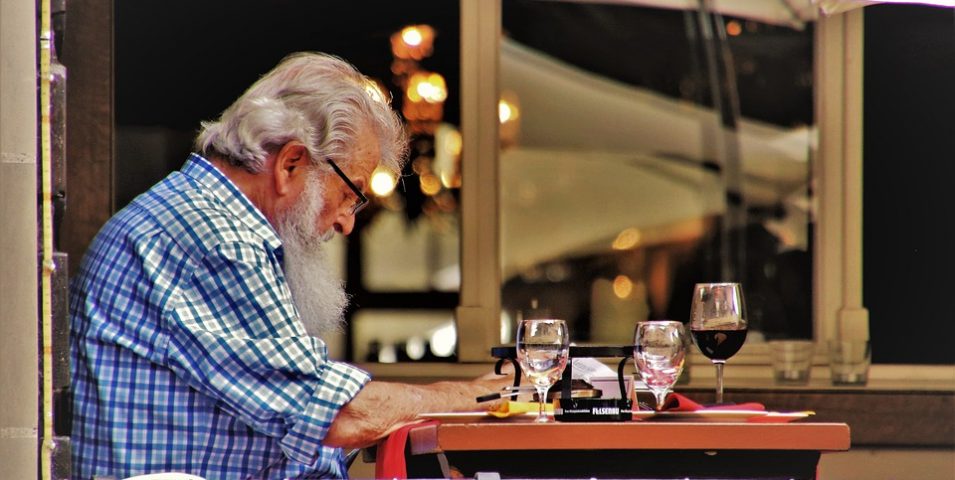
A flawed fable.
High and dry, there sits a lady on the bank of a river. Safe, secure, comforted by breeze and dappled shade, she waits patiently.
Off in the distance there stands another woman. Feet firmly on the ground she stretches her calves, takes a sip from a coffee, and makes a call on her mobile. From the purposeful demeanour, it must be work-related.
Between them, the river is coursing, swelling, rambling through rapids. With each rise, it increases the distance from bank to bank. Should one want to cross, how would they do it?
This hastily produced parable is how we see the retirement living sector in Australian right now.
At one end of the market, the first bank, we have the average village entrant or resident – 70+ years of age, concerned for their health and wellbeing, planning the later stage of their lives. The value proposition is ageing in place and care on demand. They’re being marketed villages co-located with aged care.
At the other end of the market, the other bank (and closer to where retirement living has its origins), we have the 60-year-olds, planning to work through retirement, remain active and fully participating in life – perhaps even more than their much younger selves. They’re being offered downsizing options in medium density high rise and townhouses.
The river? That’s the strong current of change. It represents the disproportionate wealth of older Australians, the swell, but also the complex mix of challenges and opportunities they have before them. Financial security, travel, part-time work, learning and socialising. Living well and living long.
The river is where retirement living operators need to swim if they are to meet the needs of empowered baby boomers with diverse interests but similar needs.
Retirement living design urgently needs to address the river.
By the Numbers,
- 28% of Australians (6.4m) are over the age of 55 (IndexMundi, 2018), and rising
- Australians aged 55+ are $450,000 wealthier today than a decade ago, (ABC 2017)
- A $20 billion+ market as of 2017, the typically asset-rich baby boomers (3.9m) are demanding greater lifestyle amenities (Japara, 2017)
- Almost 6 in 10 (15m) Australians think they won’t have enough to retire on (MLC Australian Wealth Sentiment Survey, 2017)
- 1 in 5 or 1.6m older Australians are socially isolated, causing long term physical and mental health issues (AIHW, 2017)
- An extra 3% of labour force participation among workers aged 55+ (2.75m) would result in a $33 billion boost to GDP – or around 1.6% of national income. (Deloitte Access Economics 2016)
What does it mean for retirement living design?
People need, want, can work until their 70s. They need productive spaces where they feel welcome and connected to contemporary practice.
The future of Retirement Living demands we invite customers into the design and development process. Shed the developer mindset; become a place and community maker.
We must think beyond ‘boomers’, tailoring spaces, services and customer experience to niche segments. Among 6 million people, ‘niche’ can be quite a market.
Diverse options in other housing markets are driving comparison, and it is fundamentally changing customer journeys.
Age is no barrier to the impact of technology. Technology enables older people to work, shop, travel, connect.
Transparency is the antidote to customer confusion. Trust is fundamental to the village decision because this is a shared future – operator x resident.
Where to from here?
We can help you run a lean design process that invites older people in, and results in a place they want to inhabit and share: a place reflecting their identity and aspirations.

